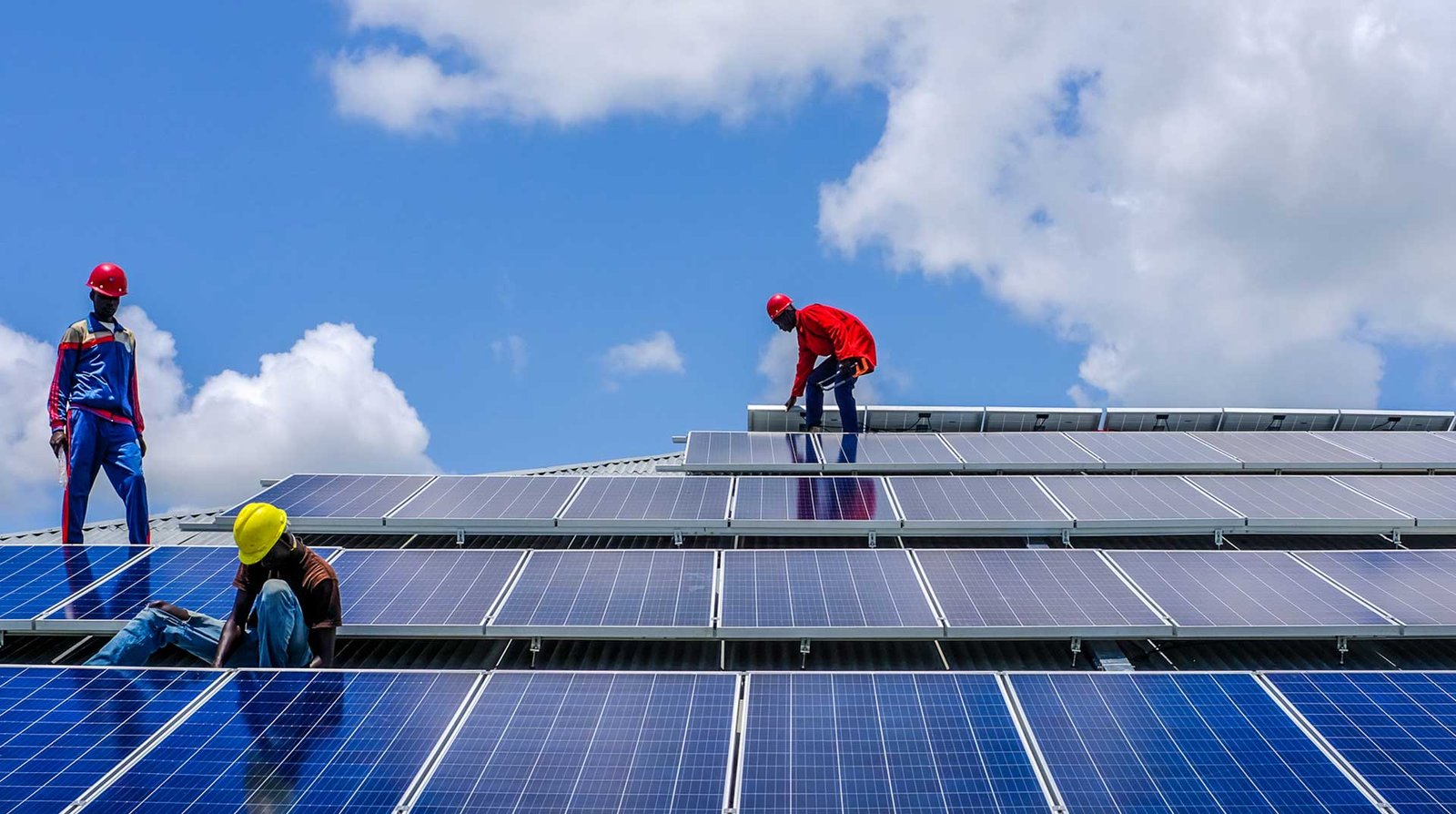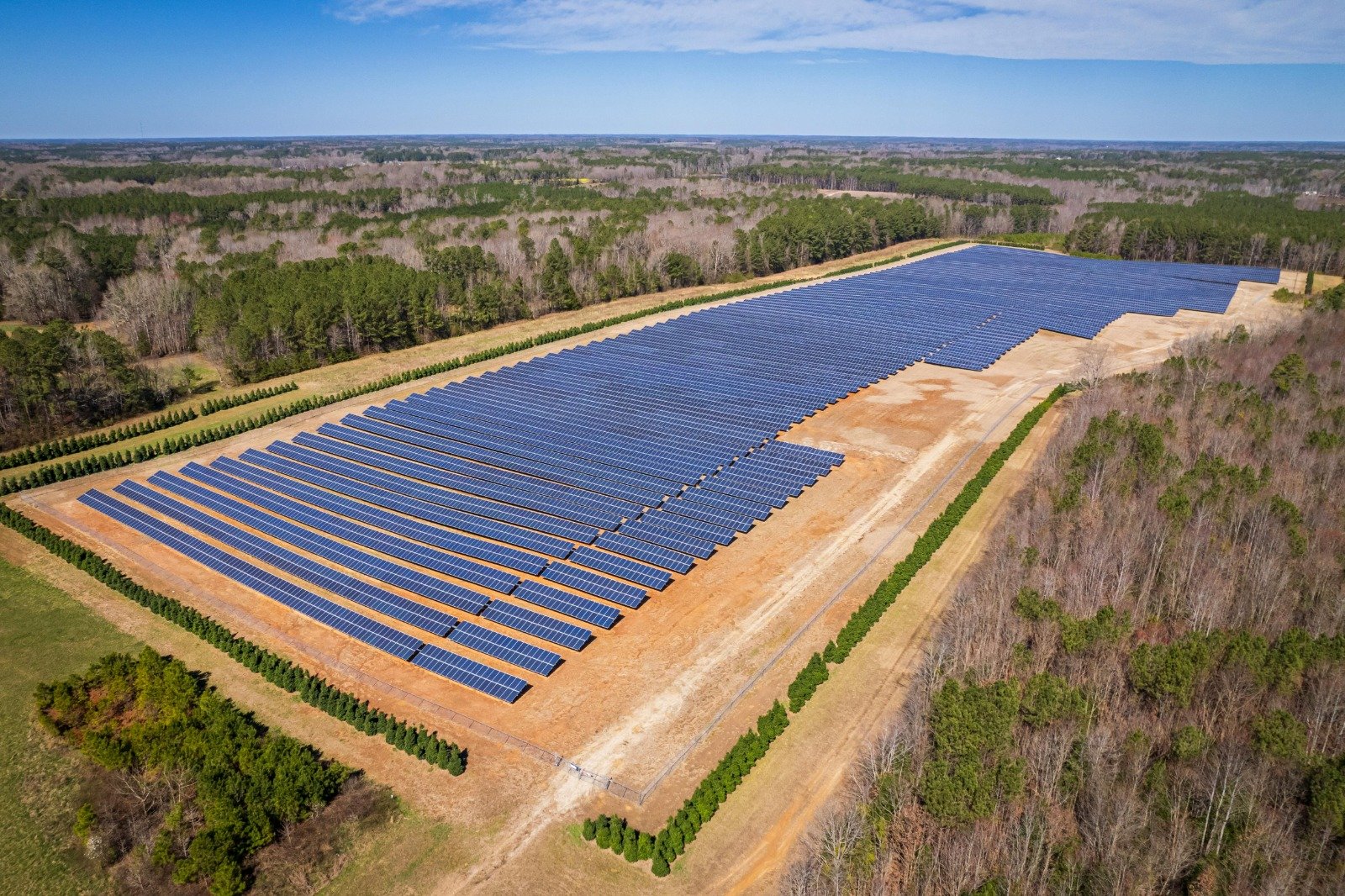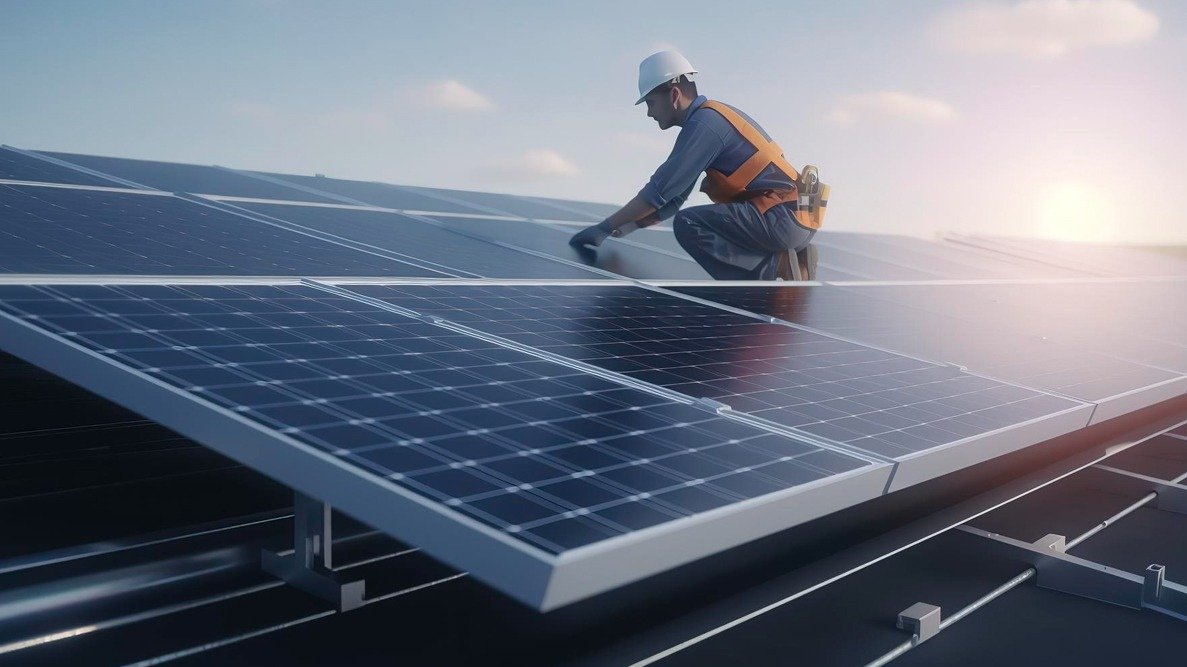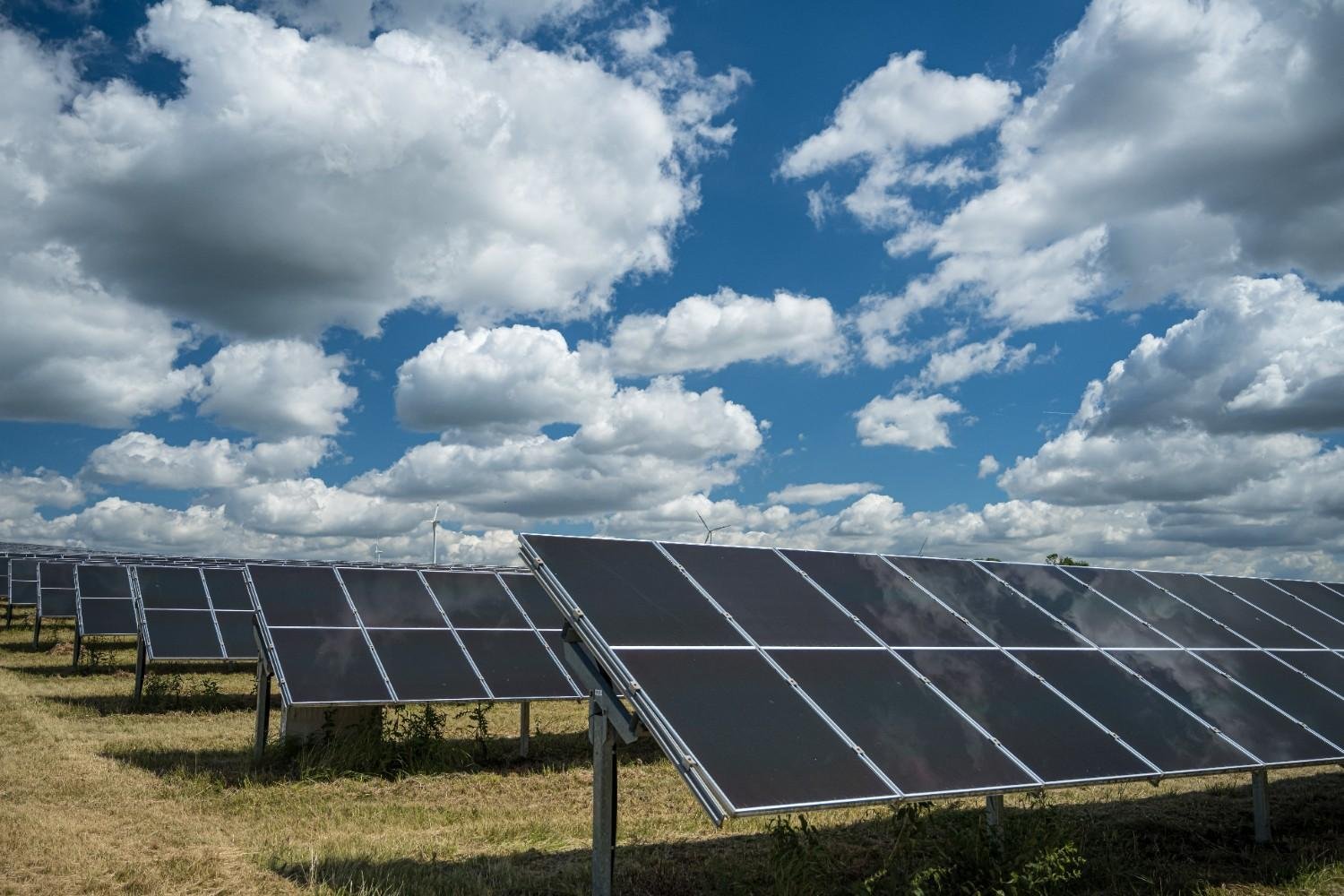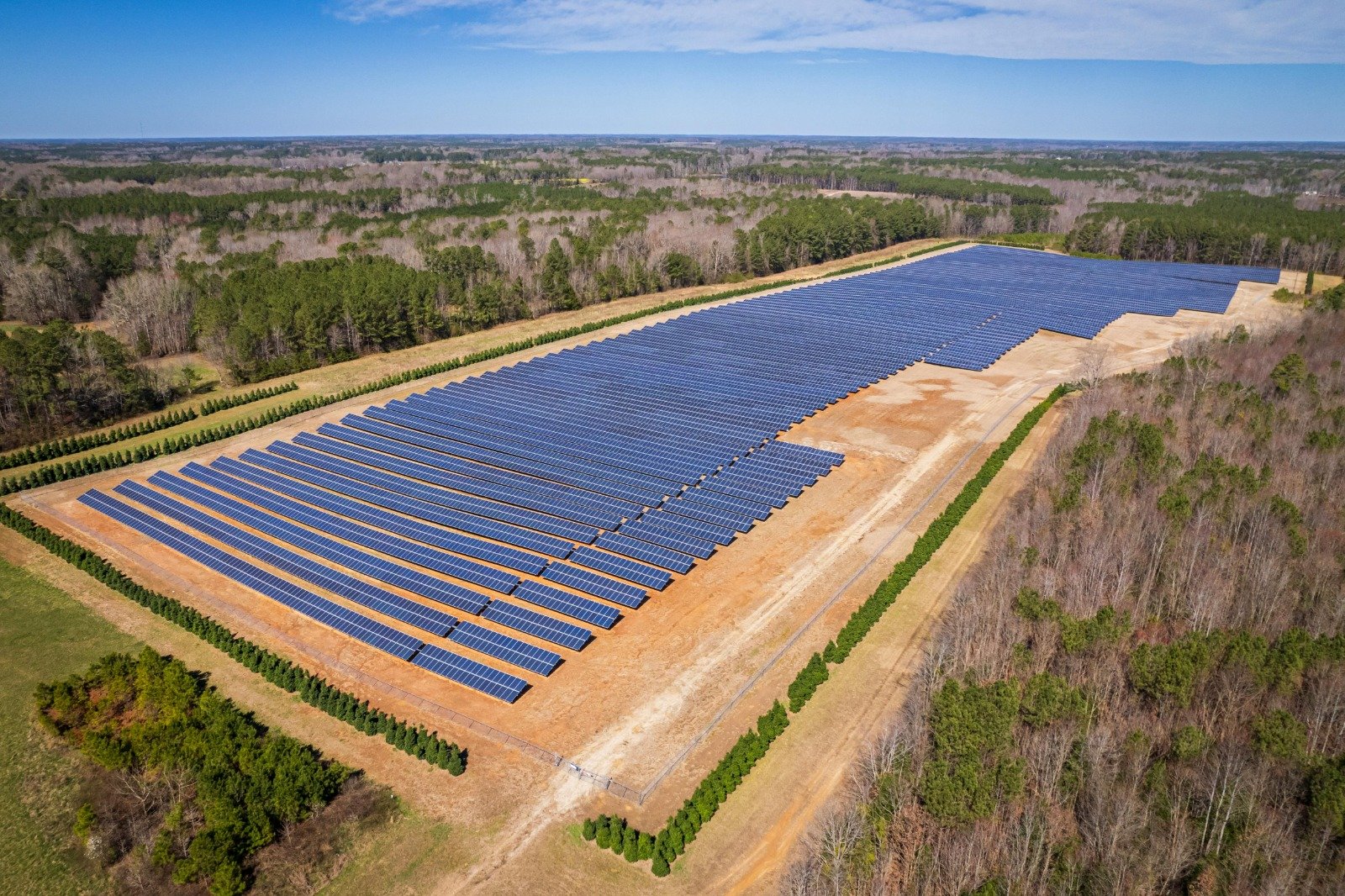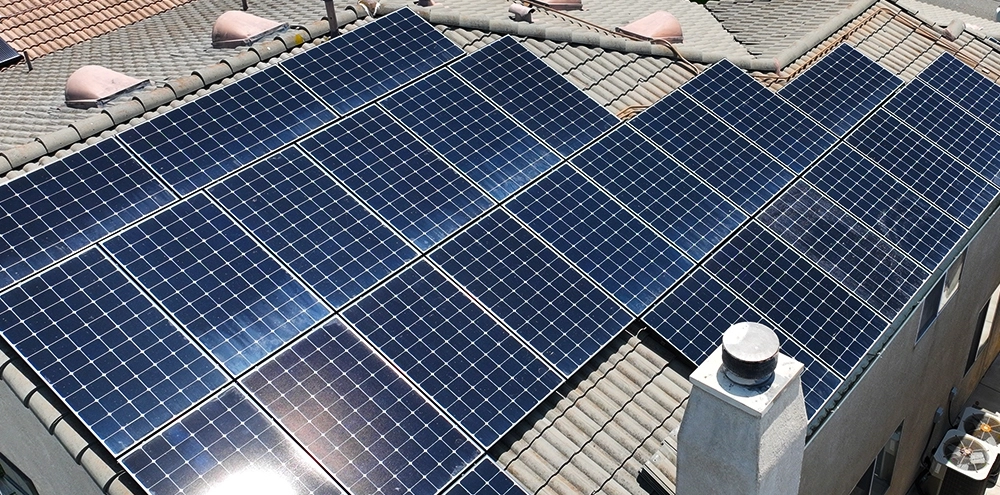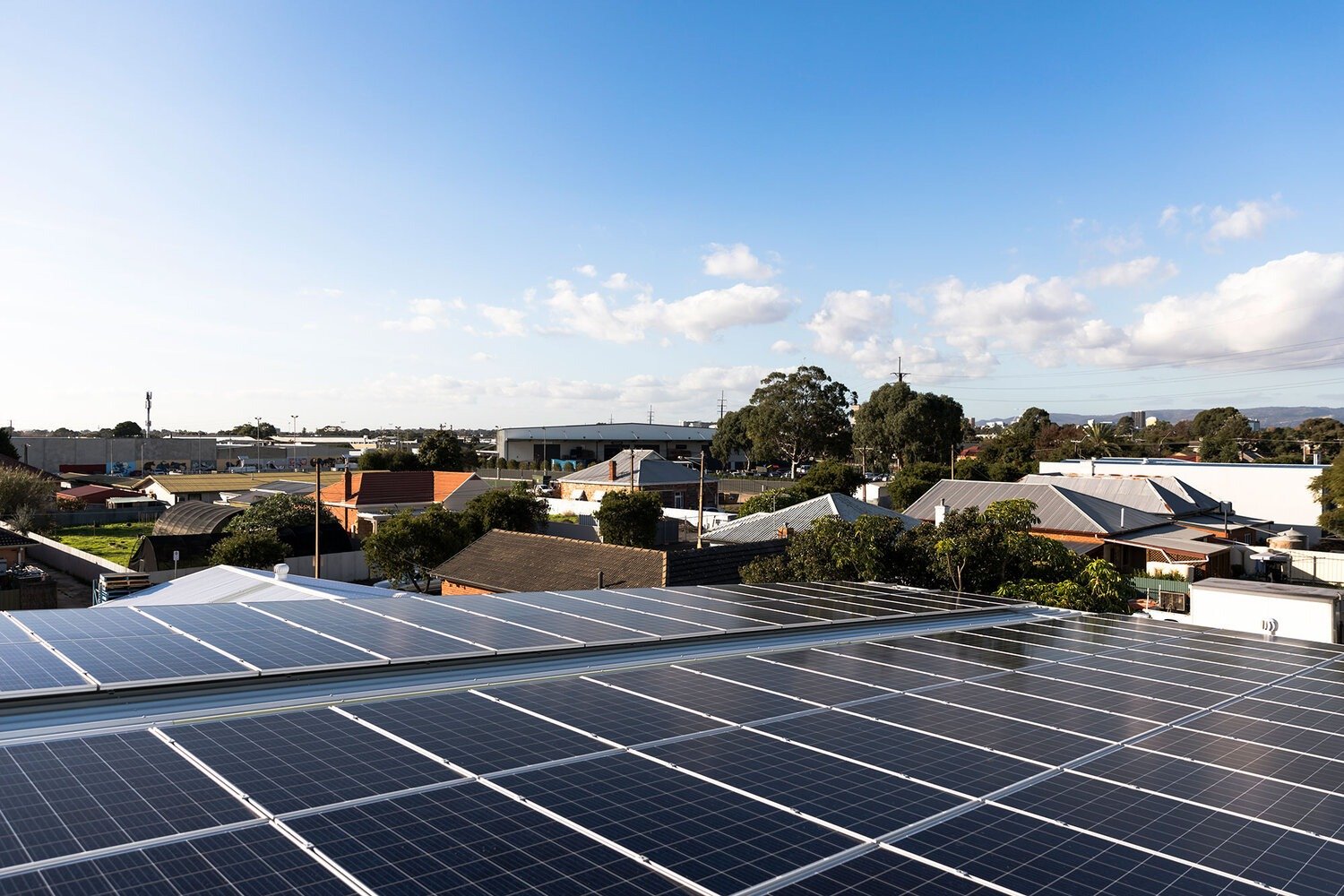As the UK continues to embrace sustainable energy solutions, photovoltaic (PV) systems have become a popular choice for harnessing solar power. These systems offer a clean, renewable source of energy that can significantly reduce electricity bills and carbon footprints. However, to ensure that your PV system operates efficiently and delivers maximum benefits, regular PV system maintenance is crucial.
At Soleos Solar Energy, we are committed to delivering innovative and sustainable solar solutions globally. Our mission is to harness the sun’s power to create a cleaner, greener future for all. With a strong presence in key markets, including the UK, we are dedicated to driving the global transition to renewable energy. This comprehensive guide will cover essential aspects of PV system maintenance in the UK, helping you keep your solar investment in optimal condition.
Understanding PV System Maintenance
PV system maintenance encompasses a range of activities aimed at ensuring the smooth operation and longevity of your solar power system. This includes maintaining the solar panels, inverters, batteries, and other components that make up your PV system. Proper maintenance is not just about keeping your system clean; it involves a systematic approach to prevent potential issues, enhance system efficiency, and extend the overall lifespan of your solar setup. Let’s delve deeper into what PV system maintenance involves and why it’s critical for your solar investment.
Ways of PV System Maintenance
Maintaining your photovoltaic (PV) system is crucial for ensuring its optimal performance and longevity. In the UK, where weather conditions and environmental factors can impact your solar energy system, regular maintenance is essential. Here’s a comprehensive guide to help you keep your solar energy system running smoothly.
Regular visual inspections are essential to identify any visible issues with the panels, wiring, mounting structures, and overall system. Look for signs of physical damage, such as cracks, chips, or corrosion.
1. Regular Visual Inspection
Visual inspections help identify potential issues before they become serious problem. Conduct visual inspections at least twice a year or after severe weather events.
- Check for Physical Damage: Look for cracked or broken panels, loose mounting hardware, or any signs of wear and tear.
- Inspect for Debris: Remove any debris like leaves, dirt, or bird droppings that could obstruct sunlight.
2. Routine Cleaning
Dirt and debris can reduce the efficiency of your solar panels.
- Use a Soft Cloth or Sponge: Gently wipe the panels with a soft cloth or sponge and water.
- Avoid Harsh Chemicals: Use mild detergents if necessary, but avoid abrasive cleaners or chemicals.
Clean your panels once or twice a year. Increase frequency if you experience heavy dust, pollen, or bird droppings.
3. Monitoring System Performance
Monitoring helps detect any deviations from expected performance.
- Use Monitoring Software: Many systems have apps or online tools to track performance.
- Review Energy Output: Compare actual output with the expected performance based on weather conditions and system specifications.
Monitor your system daily or weekly to quickly identify and address any issues.
4. Inverter Maintenance
The inverter is a crucial component that converts solar energy into usable electricity.
- Check for Error Messages: Regularly review any alerts or error messages from the inverter.
- Inspect Physical Condition: Ensure the inverter is clean and free of dust and moisture.
Check the inverter monthly and schedule a professional service annually.
5. Wiring and Electrical Connections
Proper wiring and connections are vital for the safe and efficient operation of your PV system.
How to Inspect:
- Look for Wear and Tear: Inspect wiring for signs of damage, fraying, or exposure.
- Ensure Secure Connections: Check all electrical connections to make sure they are tight and free from corrosion.
Inspect wiring and connections at least once a year or when performing other maintenance tasks.
6. Professional Inspections and Servicing
Professional inspections can identify and address complex issues that may not be apparent during routine maintenance.
- Comprehensive Assessment: A professional will perform a detailed check of all system components.
- System Optimization: They can adjust settings, replace worn parts, or repair any identified issues.
Schedule professional inspections and servicing at least once a year, or sooner if you experience problems.
7. Check and Maintain Battery Systems (if applicable)
If your PV system includes a battery storage component, maintaining the battery is essential for ensuring reliable energy storage.
- Check Battery Health: Monitor battery performance and look for signs of degradation.
- Keep Connections Clean: Ensure battery terminals are clean and free of corrosion.
Inspect battery systems as part of your regular maintenance routine or follow the manufacturer’s recommendations.
8. Update System Firmware and Software
Firmware and software updates can improve system performance and security.
- Check for Updates: Regularly check for firmware or software updates from your system’s manufacturer.
- Follow Installation Instructions: Ensure updates are installed according to the manufacturer’s guidelines.

The Importance of Regular PV System Maintenance
Regular PV system maintenance is vital for several key reasons:
1. Performance Optimization
One of the primary benefits of PV system maintenance is the optimization of system performance. Over time, factors such as dirt, dust, and debris can accumulate on your solar panels, reducing their efficiency. Regular maintenance ensures that your system operates at peak efficiency, maximizing energy production and lowering electricity bills.
2. Longevity
Regular maintenance helps prevent wear and tear on your PV system components. By addressing minor issues before they escalate, you can extend the lifespan of your solar panels, inverters, and batteries, protecting your investment and minimizing the need for costly repairs or replacements.
3. Cost Savings
Early detection of issues through regular maintenance can lead to significant cost savings. Identifying and addressing potential problems before they become major issues can prevent expensive repairs or replacements, helping you save money in the long run.
4. Safety
Ensuring that all components of your PV system are functioning correctly reduces the risk of potential hazards. Regular maintenance helps to identify and rectify safety issues, such as faulty wiring or damaged components, thereby reducing the risk of electrical fires and other safety concerns.
Key Components of PV System Maintenance
Effective PV system maintenance involves several key components, each of which plays a crucial role in ensuring the overall health of your solar power system. Let’s take a closer look at these components:
1. Solar Panels
Solar panels are the most visible part of your PV system and are exposed to various environmental factors. Regular maintenance of the panels is necessary to ensure their optimal performance.
- Cleaning Panels: Over time, dirt, dust, and debris can accumulate on your panels, reducing their efficiency. While the frequent rainfall in the UK may help wash away some debris, it’s still essential to regularly check for and remove any accumulated dirt to maintain peak performance.
- Inspect for Damage: Physical damage to solar panels, such as cracks, chips, or loose fittings, can significantly impact their performance. Regular inspections help identify such issues early, allowing for timely repairs or replacements.
- Panel Orientation and Angle: Ensure that the panels are correctly oriented and angled to maximize sunlight exposure. Adjustments may be necessary to account for changes in the sun’s path or to correct any shifts that may have occurred over time.
2. Inverters
The inverter is a critical component of your PV system, converting the direct current (DC) generated by the solar panels into alternating current (AC) used in your home. Regular maintenance of the inverter is essential for ensuring its optimal performance.
- Monitoring Performance: Regularly check the inverter’s performance to ensure it’s operating within the optimal range. Modern inverters often come with monitoring systems that allow you to track their performance and detect any issues.
- Cleaning and Inspection: Ensure that the inverter is free from dust and debris. Regularly inspect the inverter for any signs of wear or malfunction, such as error messages or unusual noises.
- Firmware Updates: Keep the inverter’s firmware up to date to ensure it operates efficiently and benefits from the latest technological improvements.
3. Batteries
If your PV system includes energy storage, maintaining the batteries is crucial for efficient energy use and longevity.
- Checking Battery Levels: Regularly check the battery levels to ensure they are adequately charged and functioning correctly. Low battery levels or inconsistent performance may indicate an issue that requires attention.
- Inspecting Connections: Examine battery connections for corrosion or loose connections that could impact battery performance. Cleaning and tightening connections can help maintain optimal performance.
- Battery Lifespan: Be aware of the typical lifespan of your batteries and plan for replacements as needed. Battery performance can degrade over time, affecting overall system efficiency.

Seasonal PV System Maintenance Tips
Maintaining your PV system requires attention throughout the year, with specific considerations for different seasons. Here are some seasonal maintenance tips to keep your system in top shape:
Winter Maintenance
- Clear Snow and Ice: Snow and ice can accumulate on your solar panels during the winter months, potentially reducing their efficiency. Carefully remove snow and ice to avoid damaging the panels. Use soft brushes or a roof rake designed for solar panels to avoid scratching the surface.
- Inspect for Ice Damage: Check for any signs of ice-related damage, such as cracked panels or frozen connections. Address any issues promptly to prevent further damage.
- Monitor Performance: Keep an eye on system performance during the winter months, as lower sunlight levels and potential snow cover can impact energy production.
Summer Maintenance
- Check for Overheating: High temperatures can affect the performance of your PV system. Ensure that your panels are adequately ventilated and free from debris that could exacerbate heat buildup.
- Inspect for Pests: Summer can attract pests, such as birds or insects, to your PV system. Regularly inspect the system for any signs of pest activity and take appropriate measures to address any issues.
- Check Mounting Structures: High winds and storms during summer can affect the stability of your mounting structures. Inspect the mounts and supports to ensure they are secure.
PV System Maintenance Best Practices
To ensure that your PV system remains in optimal condition, follow these best practices for effective maintenance:
1. Create a Maintenance Schedule
Develop a regular maintenance schedule that includes routine inspections, cleaning, and servicing tasks. A well-planned schedule ensures that all aspects of PV system maintenance are addressed consistently and thoroughly.
2. Keep Detailed Records
Maintain detailed records of all inspections, cleanings, repairs, and replacements. Keeping accurate records helps track the system’s condition over time and provides valuable information for warranty purposes and future maintenance planning.
3. Use High-Quality Products
When replacing components or performing repairs, use high-quality parts and materials to ensure long-term reliability. Avoid using substandard products that could compromise the performance and safety of your PV system.
4. Hire Professional Services
While DIY maintenance is crucial for keeping your PV system in good condition, certain tasks are best left to professionals. Complex maintenance tasks such as inverter repairs, electrical inspections, and detailed system evaluations require specialized expertise to ensure safety and optimal performance.
At Soleos Solar, our team of experienced professionals is dedicated to providing high-quality maintenance services that adhere to the highest standards. Consulting with our experts ensures that your PV system is maintained effectively, addressing any issues with precision and ensuring continued reliability. Trust Soleos Solar to handle the more intricate aspects of your system maintenance, allowing you to enjoy the full benefits of your solar energy investment with peace of mind.

Common Issues and Troubleshooting
Even with regular maintenance, issues can sometimes arise. Here are some common problems and troubleshooting tips:
1. Decreased Performance
If you notice a drop in performance, possible causes could include:
- Dirty Panels: Clean the panels to remove any accumulated dirt or debris that may be affecting performance.
- Faulty Inverter: Check the inverter for any error messages or signs of malfunction. Consult the inverter’s manual or seek professional assistance if needed.
2. Physical Damage
Physical damage to panels or other components may require professional repair. Look for:
- Cracks or Chips in Panels: Replace damaged panels to prevent further issues and ensure continued performance.
- Loose or Corroded Connections: Tighten or clean connections as needed to maintain optimal performance.
Regulations and Compliance
In the UK, PV system maintenance must adhere to specific regulations to ensure safety and compliance. Familiarize yourself with:
1. Health and Safety Standards
Health and Safety Regulations are fundamental in protecting everyone involved in the installation, maintenance, and operation of PV systems. The Health and Safety at Work Act 1974 mandates that employers ensure the safety of employees and contractors working with PV systems. Additionally, the Working at Height Regulations 2005 require specific safety measures for tasks performed at height, such as cleaning or inspecting roof-mounted panels. The Personal Protective Equipment (PPE) Regulations also stipulate that adequate PPE must be provided to maintenance personnel. To comply, ensure that all maintenance staff are properly trained and equipped with the necessary PPE and follow safe working practices for tasks performed at height.
2. Grid Connection Standards
Grid Connection Standards ensure that PV systems are safely and efficiently connected to the national grid. The Electricity at Work Regulations 1989 require that all electrical systems, including those connected to the grid, are maintained in a safe condition. The Distribution Code and Connection and Use of System Code (CUSC) govern the technical and commercial aspects of connecting a PV system to the national grid. To comply, regularly check that your system’s connection to the grid is secure and adheres to the relevant standards, and report any changes to the grid operator.
3. Insurance Requirements
Insurance Requirements are essential for protecting against financial losses resulting from damage or malfunction of the PV system. Public Liability Insurance covers damage or injury caused by the PV system to third parties, while Professional Indemnity Insurance provides coverage for errors or omissions in the maintenance or installation of the system. Ensuring adequate insurance coverage helps safeguard your investment and provides financial protection in case of unforeseen issues.
Conclusion
Regular PV system maintenance is essential for ensuring the efficiency, longevity, and safety of your solar energy system. By following the guidelines outlined in this guide, you can maximize the benefits of your PV system and protect your investment. At Soleos Solar, we are dedicated to providing top-notch maintenance services and expert advice to keep your solar investment in optimal condition.
For more information on PV system maintenance or to schedule a professional inspection, contact Soleos Solar today. Our team of experts is here to support you in maintaining a cleaner, greener future through innovative solar solutions. Let us help you keep your solar system running smoothly and efficiently, ensuring a sustainable future for your home or business.
For expert advice and professional PV system maintenance services, contact Soleos Solar Energy today. Together, we can ensure that your solar system continues to deliver reliable and sustainable energy for years to come.

